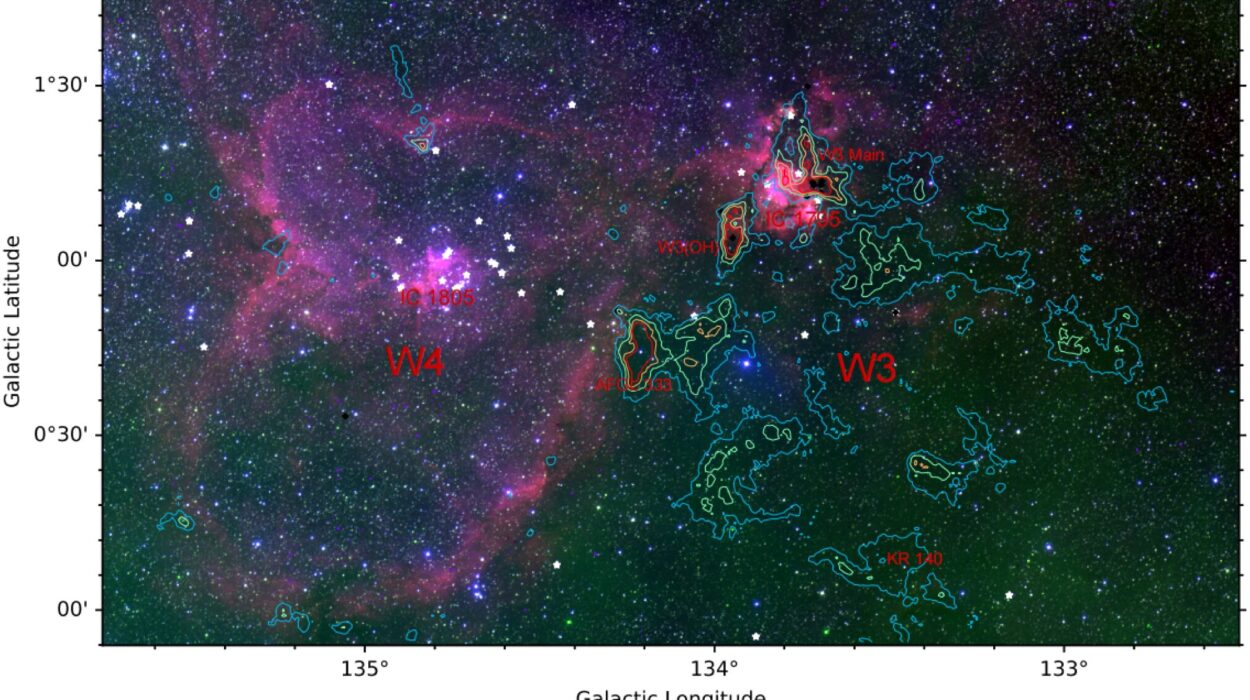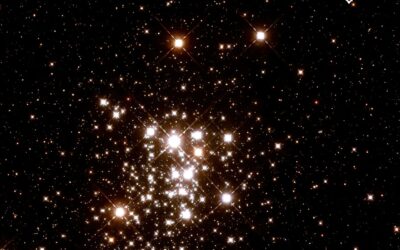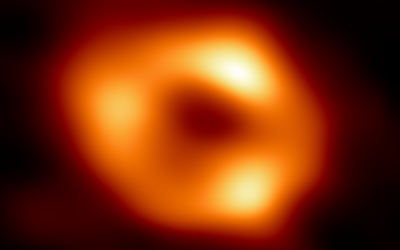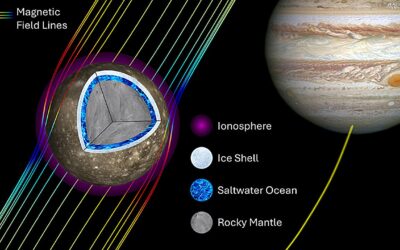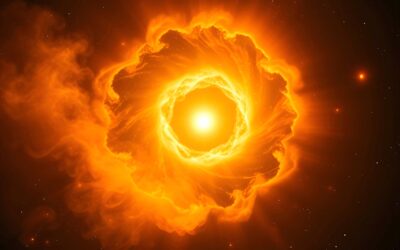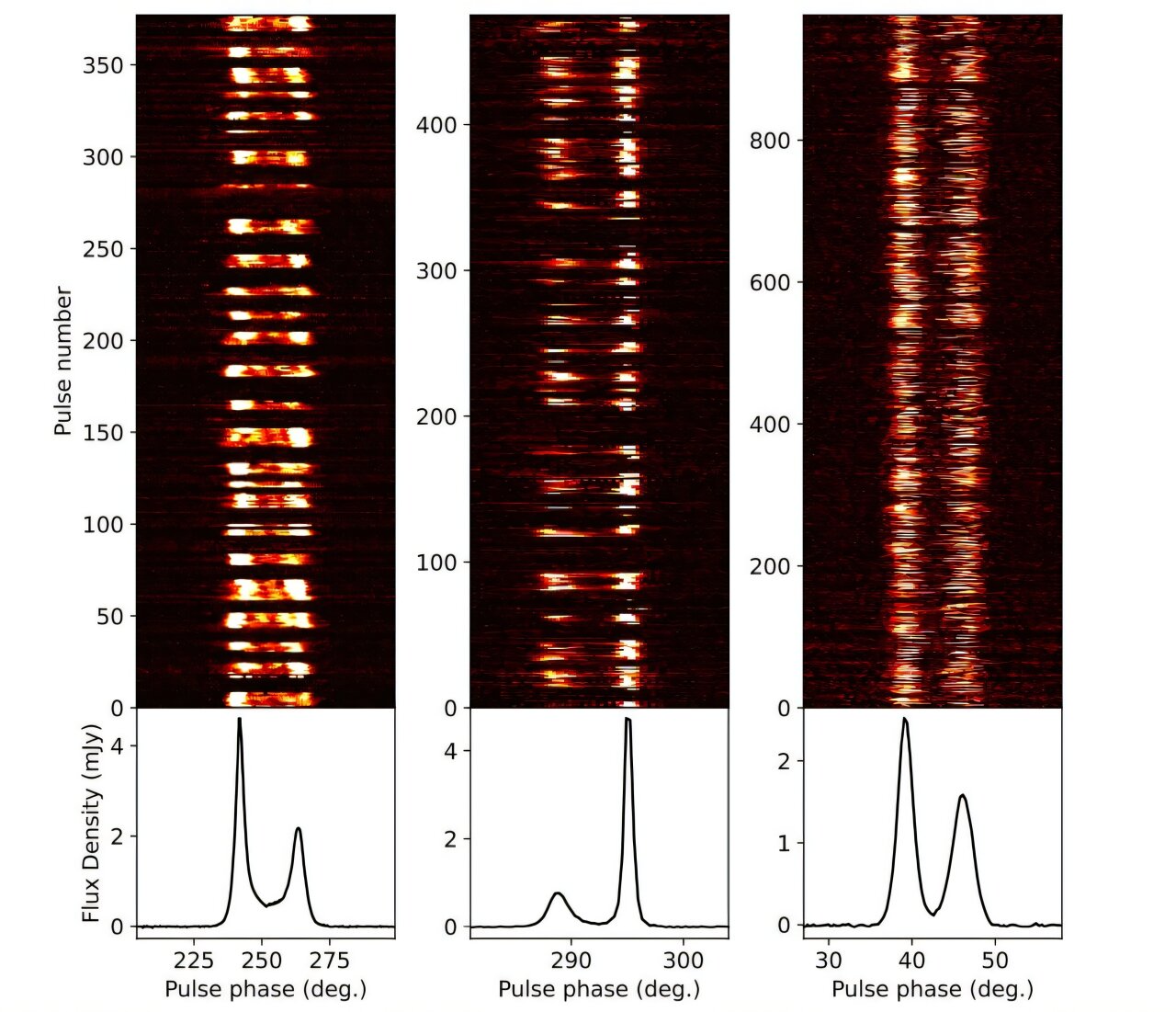A recent study has shed new light on how massive stars impact nearby molecular gas and influence star formation within super-large HII regions, particularly focusing on the W4 super-large HII region. This research, led by Shen Hailiang, a Ph.D. student from the Xinjiang Astronomical Observatory of the Chinese Academy of Sciences (CAS), and his team, delves into the intricate interplay between stellar feedback and the surrounding molecular clouds. Their findings, published in Astronomy & Astrophysics, provide crucial insights into the complex process of star formation in environments affected by powerful stellar winds and radiation from massive stars.
Massive stars, those significantly more massive than the Sun, exert a profound influence on their surroundings. Through their intense stellar winds and radiation, they shape the structure and dynamics of the surrounding molecular clouds. These stellar feedback mechanisms can either catalyze or inhibit the formation of new stars, especially in large-scale regions like super-large HII regions. Such regions, which are vast cavities filled with ionized gas, offer a unique opportunity to study the effects of massive stars on star formation processes.
The W4 region, a prominent feature in the sky, is a prime example of such a super-large HII region. It is characterized by its massive cavity structure, filled with ionized material, and a chimney-like feature that carries hot material from the region to the galactic disk. The W4 region is surrounded by molecular gas that is significantly affected by the feedback from the massive stars within the HII region, providing a valuable natural laboratory for understanding the broader processes that govern star formation and molecular cloud evolution.
In their study, Shen and his collaborators conducted extensive CO (1–0) observations of the W4 super-large HII region, as well as the nearby W3 giant molecular cloud. Utilizing the 13.7-meter millimeter-wave telescope at the Purple Mountain Observatory of CAS, they collected data on three types of carbon monoxide isotopes: 12CO, 13CO, and C18O. This data provided a detailed map of the molecular gas distribution around the W4 region and enabled the researchers to probe how the feedback from the massive stars within the HII region affects the surrounding molecular gas and star formation.
The study revealed a fascinating and complex gas structure in the W3/4 molecular cloud, which the researchers divided into three distinct regions based on their observations of gas density and distribution. These regions include the high-density layer (HDL), the diffuse bubble region, and the spontaneous star formation region, each exhibiting unique characteristics influenced by the stellar feedback.
The HDL region, which is shaped by the intense feedback from the massive stars, contains dense molecular gas. This region is directly affected by the stellar radiation and winds, which are responsible for shaping its structure. The bubble region, in contrast, consists of low-density gas that has been impacted by the feedback from the stars but does not exhibit the same high density as the HDL region. The spontaneous star formation region, located far from the feedback zone, shows less influence from the stellar winds and radiation and is more stable, making it an ideal site for star formation to occur without the suppressing effects of stellar feedback.
This division of the molecular cloud into distinct regions allowed the team to examine how stellar feedback can both trigger and inhibit star formation. Their findings suggest that the region at the boundary of the W4 HII region, where the feedback from the stars is most intense, plays a significant role in shaping the molecular gas and influencing star formation processes. The CO gas at the boundary of the HII region showed a marked increase in intensity before gradually tapering off as the distance from the HII region increased. This trend is a clear indication of the radiation heating and sweeping effects at the boundary of the HII region, where the gas is exposed to intense stellar radiation.
The temperature of the gas at the boundary of the HII region also exhibited a strong correlation with the 8μm radiation, a characteristic of the hot, ionized gas in the region. This correlation reinforces the idea that radiation from the stars is a key factor in heating and ionizing the surrounding gas, leading to the expansion of the HII region and the erosion of the molecular cloud at its boundary. These observations confirm the role of stellar feedback in shaping the molecular environment and its impact on star formation.
One of the key aspects of this study was the identification and analysis of 288 clump structures within the W4 HII region. These clumps were categorized into three groups based on their spatial distribution within the molecular cloud: HDL clumps, bubble clumps, and quiescent clumps. The researchers performed detailed analyses of the properties of these clumps, such as their excitation temperatures, virial parameters, thermal velocity dispersions, and mass-to-luminosity (L/M) ratios.
The results showed that HDL clumps, which are located in the high-density region influenced by stellar feedback, tend to have higher excitation temperatures, lower virial parameters, higher thermal velocity dispersions, and lower L/M ratios compared to clumps in the quiescent regions. This indicates that the feedback from the W4 HII region is fostering more energetic and dynamic clumps in the HDL region, likely driving the formation of new stars. In contrast, the bubble clumps, located at the boundary of the HII region, exhibited the opposite trends. These clumps, which are exposed to more intense feedback, were characterized by lower excitation temperatures, higher virial parameters, and higher L/M ratios, suggesting that the feedback is inhibiting star formation in this region.
The analysis of the mass-radius relationship and mass cumulative distribution functions of the clumps further supported these findings. The data clearly distinguished between the three types of clumps, confirming that the stellar feedback from the W4 HII region is playing a dual role. It is actively triggering star formation in the high-density HDL region, where the gas is more concentrated and can more easily collapse to form new stars. However, the feedback is suppressing star formation in the bubble region, where the gas density is lower and the energetic stellar winds and radiation are more likely to prevent the collapse of gas clouds.
The study’s findings have significant implications for our understanding of star formation in massive star-forming regions. They highlight the complex and often contradictory role of stellar feedback in shaping the evolution of molecular clouds. On the one hand, massive stars can provide the necessary energy and pressure to trigger star formation in dense regions of molecular gas. On the other hand, the same feedback can erode or disrupt molecular clouds, inhibiting star formation in less dense regions.
These insights also help refine our understanding of the feedback processes within super-large HII regions like W4, which are among the most extreme environments for studying star formation. The results contribute to a broader picture of how stars interact with their surrounding gas, shaping the structure of molecular clouds and influencing the rate and location of new star formation. By studying regions like W4 and their surrounding molecular clouds, astronomers can better understand the lifecycle of star formation in the universe and the ways in which stars influence the evolution of their host galaxies.
More information: Hailiang Shen et al, Triggered and dispersed under feedback of super HII region W4, Astronomy & Astrophysics (2024). DOI: 10.1051/0004-6361/202450914
